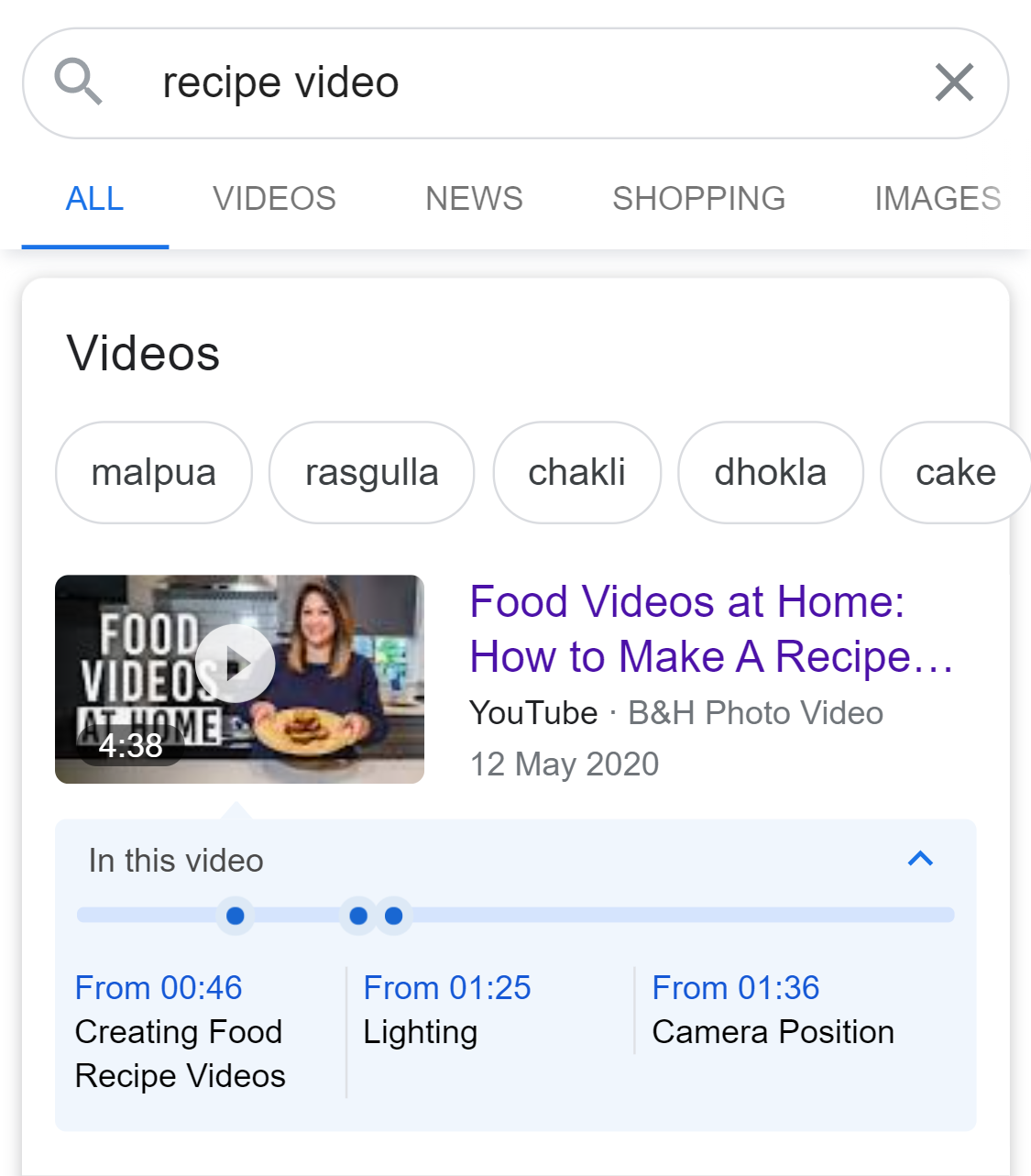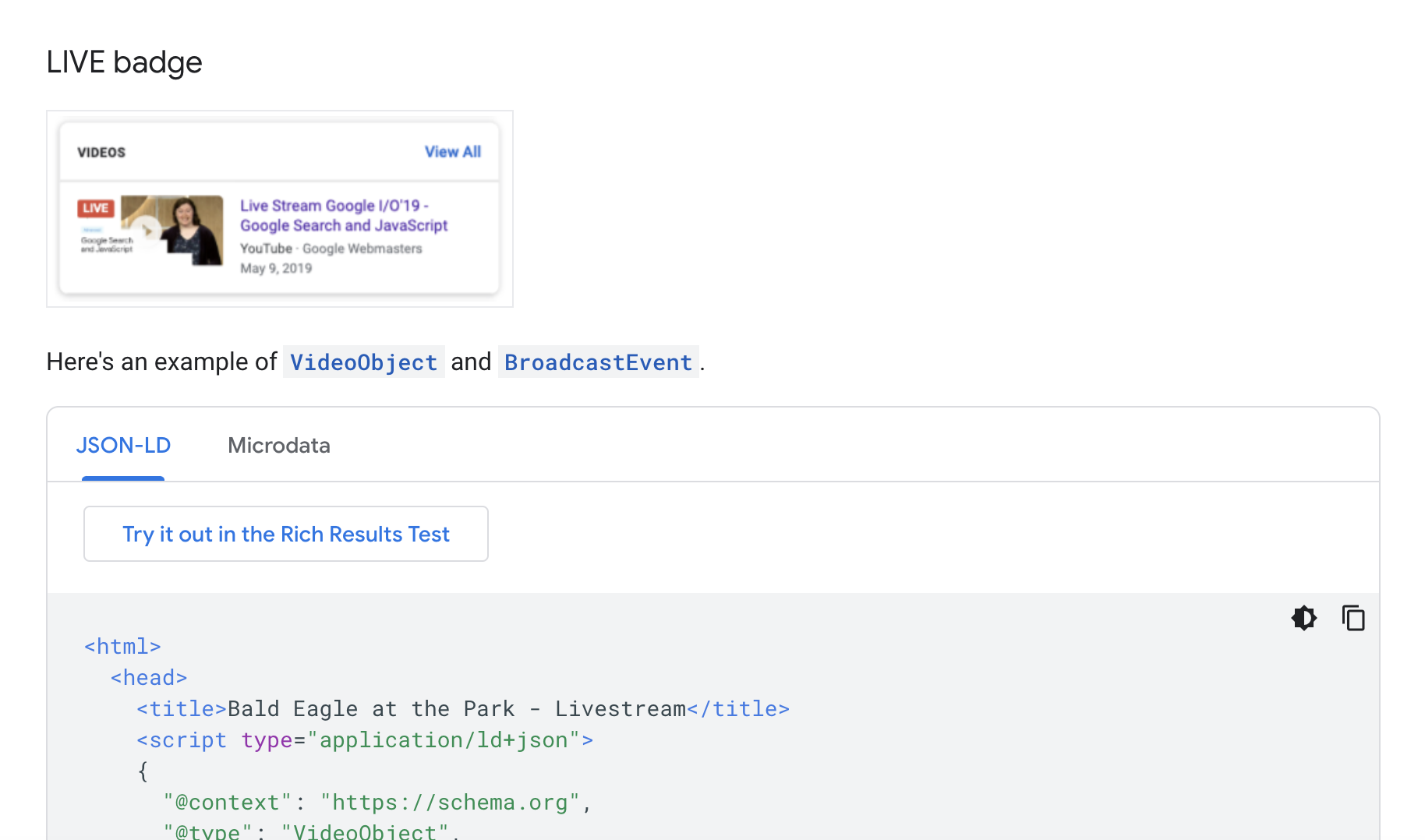In recent years the amount of video content we all consume on a daily basis has increased exponentially. As video is a great way to get your message across, marketers naturally want to use it across as many platforms as possible, and this includes search engines too. Structured data can help to get your video featured in the search results.
To have a video result brought up in relation to a particular search query, you must use structured data. This is a way of speaking to search engines using code, telling them that the content is not only video but its content is highly relevant to its users.

Here is an overview of using structured data in video posts to tell you more.
How Do I Get My Video On Google Search Results?
There are two ways to get your video on Google search results. Starting with the automatic method, Google has a ‘videos’ option on the search results. So, when you search for SISTRIX and select ‘videos’ our video content will appear. This doesn’t happen by magic, as Google will be scanning YouTube videos for the relevant username, title or description. That’s why it’s important to factor SEO into your video content.
This method is handy, though not all users will think to search for videos. Instead, you can ensure videos automatically appear on a regular SERP. To do this, you need to implement structured data which will communicate with search engines that your content is video and that it should be displayed as a result.
Start by finding the relevant Schema video properties to create the accompanying JSON-LD, which will be added into your website’s code. Some content management systems may have structured data plugins to simplify the process, or you can use HTML if you are confident enough.
Check Google’s structured data video guidelines to make sure your markup complies. Finally, use the Rich Results Test to check how your video preview will look on Google, and to make sure it will work. Once implemented, it may take several days for Google to crawl it.
Benefits Of Structured Data For Video
Google created the ability for rich results in the first place to give its users the shortest journey from A to B. Video content is easy to consume, especially ‘how to’ videos. Often, such a result is far more engaging for the user than scrolling endlessly through text results.
As a content creator, using structured data for your video taps into user demand. The video will be played within Google’s framework, meaning no jumping between lots of different search engine results for users. If you monetise your videos, you will still earn money no matter where the video is played from. Structured data simply increases your reach, which is better for both users and creators.
Video Enhancements

Using advanced structured data techniques, it’s possible to highlight your video results even more by adding enticing elements.
If your video is already on YouTube, then it may automatically pull through the clip option, which allows users to skip to a particular section of the video. However, if the video is hosted on your own website, it’s also possible to add clip structured data. The user is responsible for setting the clips whichever method you use and these are known as timestamps.
Highlighting live video is important, especially when you want people to join or participate in the video. To display that your event is live in bold red lettering, you simply need to use the ‘publication.isLiveBroadcast’ schema markup. Or, ‘publication’ will tell the user when the video is due to go live.
Conclusion
If you want your video to appear as a relevant search engine result, then structured data is the way to achieve this. While YouTube does allow for this to happen automatically, it can’t be guaranteed.
Entering search terms relevant to your niche is a great way to see whether your videos are being pulled through. If not, then adding structured data and complying with Google’s requirements, will help ensure your video appears as a rich result.